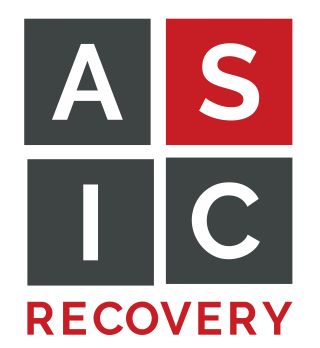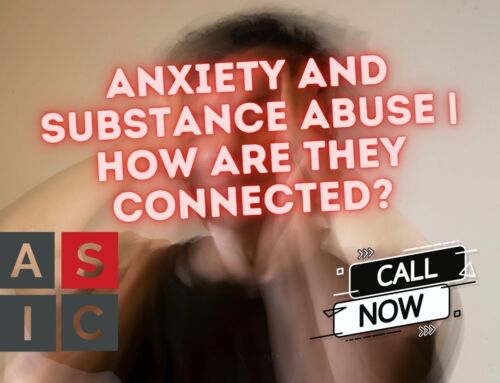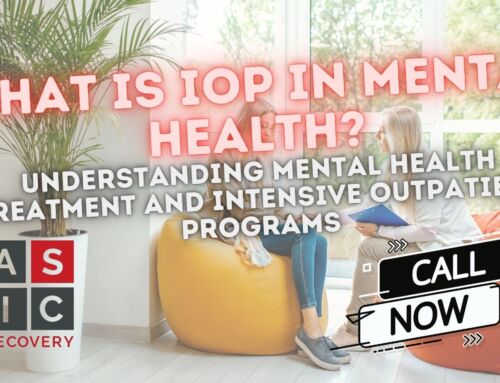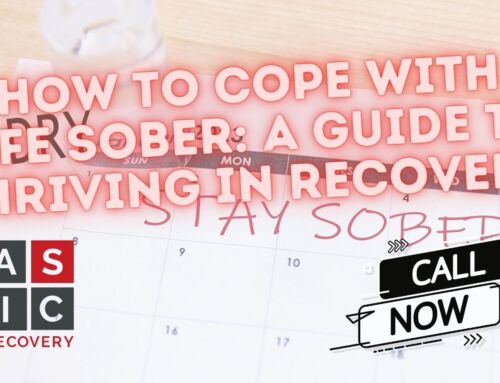Naltrexone is a medication that has proven to be a game-changer in the world of addiction recovery.
Unlike traditional addiction treatments, which often merely suppress symptoms, naltrexone targets the root causes of addiction, providing a more comprehensive and effective treatment.
Naltrexone is an opioid antagonist, meaning it blocks the euphoric effects and feelings of intoxication that opioids create.
Just being aware that abusing your drug of choice won’t work can be a powerful preventative measure.
Initially approved by the FDA in 1984 for the treatment of opioid addiction, its use has expanded to include alcohol addiction and even other off-label uses. You can take it once a day as a pill, or you can get in injected once a month (Vivitrol).
How Naltrexone Works
Naltrexone works by binding to the opioid receptors in the brain. In essence, it acts as a barrier, preventing opioids or alcohol from activating these receptors and producing the euphoric effects they usually would. It’s known as an opioid antagonist (as opposed to an opioid agonist, which is what all opioids that cause euphoria are called).
By blocking the effects of opioids in the brain, naltrexone effectively eliminates the “high” that these substances produce.
Not only does naltrexone prevent you from getting any euphoric feelings from opioids, it also reduces cravings, making it easier to stay sober. With the constant pull of drugs and alcohol reduced, recovery becomes a more achievable goal.
This doesn’t mean that you will immediately lose all desire to use drugs or alcohol. But over time, as your body adjusts to the lack of reward from these substances, the cravings will gradually decrease, making it easier to stay abstinent.
The effectiveness of naltrexone is amplified when used in conjunction with other treatments. Pairing naltrexone with therapy and the 12 Steps, for example, provides a comprehensive approach that addresses both the physical and psychological aspects of addiction.
On top of that, naltrexone is not an addictive substance itself, which sets it apart from other treatments like methadone that can substitute one addiction for another. With naltrexone, you get the help you need without the risk of developing a new dependency.
Naltrexone for Alcohol
Naltrexone is also regularly used for people who suffer from alcohol addiction. It’s not a magic pill that instantly cures alcoholism, but it provides significant help in the journey toward sobriety.
It works in exactly the same way as it does for opioids. By blocking the euphoric effects of alcohol, naltrexone reduces the desire to drink, making it easier to stay sober.
It disrupts the reward pathway that reinforces alcohol consumption, helping to reset the brain’s association with alcohol. Over time, this can lead to a substantial reduction in drinking behavior and a higher chance of maintaining long-term sobriety.
Naloxone (NARCAN) vs Naltrexone
While naloxone and naltrexone may sound similar, they are two distinct medications with different purposes.
Naloxone (which goes by the brand name NARCAN when used by itself and Suboxone when combined with buprenorphine) is an opioid antagonist like naltrexone, but it is used by itself as an emergency treatment to reverse opioid overdose.
Naloxone works by quickly binding to opioid receptors, displacing other opioid drugs, and rapidly reversing their effects. When taken in the form of Suboxone, naloxone keeps you from feeling any euphoria if you abuse other opioids, decreasing the likelihood of using more dangerous opioids like heroin or fentanyl.
On the other hand, naltrexone is a long-acting opioid antagonist used for the treatment of opioid and alcohol addiction.
The Benefits of Low Dose Naltrexone
Low dose naltrexone (LDN) is a lower dose of the same medication, typically around 1.5 to 4.5mg per day, compared to the standard 50mg dose used for addiction treatment. The low dose naltrexone benefits are surprisingly diverse and extend beyond addiction treatment.
LDN may help manage a wide range of conditions, including autoimmune diseases, inflammation, and certain types of cancer. It does this by modulating the immune system, reducing inflammation, and promoting the production of endorphins, the body’s natural painkillers.
In addition, LDN has minimal side effects and is generally well-tolerated, making it a promising treatment option for various conditions. However, further research is needed to fully understand the potential of LDN and how it can be used most effectively.
Side Effects of Naltrexone
Like all medications, naltrexone can have side effects. However, naltrexone side effects are generally mild and manageable.
Common side effects include nausea, headache, dizziness, and fatigue. These usually lessen or disappear entirely with continued use.
In general, the benefits of naltrexone typically outweigh the potential side effects, especially considering the devastating impact of addiction. However, it’s crucial to discuss any concerns or side effects with your healthcare provider to ensure that naltrexone is the right choice for you.
Bupropion-Naltrexone: An Effective Combination for Addiction Treatment
Combining medications can often enhance their effectiveness, and this is precisely what happens with the bupropion-naltrexone combination.
Bupropion is an antidepressant that can help reduce cravings and withdrawal symptoms, while naltrexone blocks the euphoric effects of substance use.
Together, they form a powerful team that targets multiple aspects of addiction, enhancing the likelihood of successful recovery.
The bupropion-naltrexone combination has also been approved for weight loss, further highlighting the versatility and potential of naltrexone in healthcare.
Naltrexone Can Make Sobriety Achievable
By disrupting the cycle of addiction, naltrexone can help you reclaim your life from the grip of substance abuse. And with ongoing research into low dose naltrexone and combination therapies like bupropion-naltrexone, the possibilities for this revolutionary medication continue to expand.
In the battle against addiction, naltrexone is a powerful ally. If you or a loved one is struggling with addiction, consider exploring the potential benefits of naltrexone. It could be the game-changer you’ve been waiting for, especially if used in combination with an in-patient or outpatient treatment program like we provide here at ASIC Recovery.
At ASIC, our Intensive Outpatient Program (IOP) is dedicated to helping you develop healthier coping skills and build a supportive recovery network so that you can achieve long-term sobriety.



